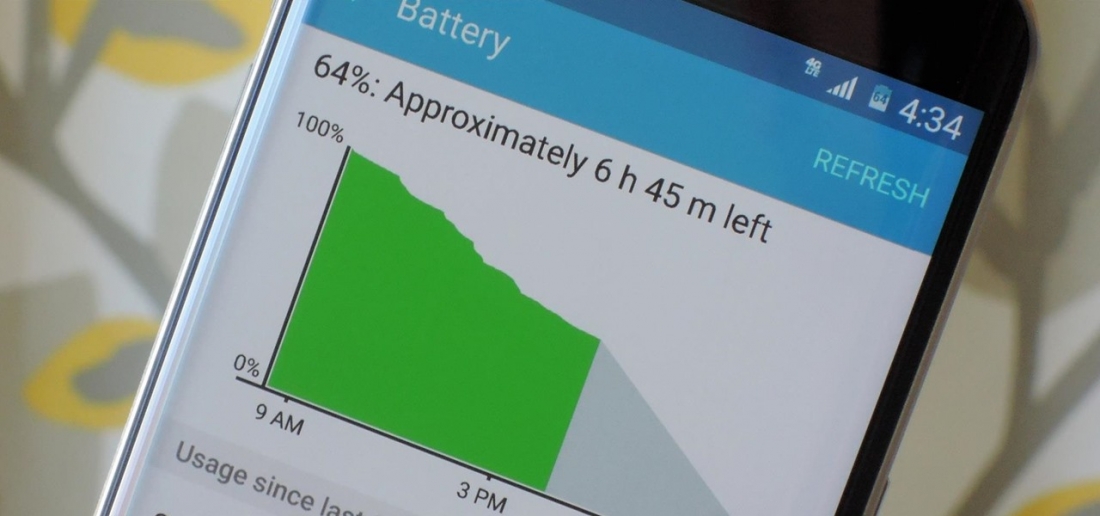One of the most common complaints among smartphone owners is poor battery life. In the absence of a revolutionary new battery technology to solve the problem, manufacturers and developers alike have had to get creative when building both hardware and software.
On the Android platform, Marshmallow is leading the charge. Android Police recently discovered a pair of requirements that OEMs must adhere to as it relates to battery life.

The first is the implementation of Doze, a feature that puts apps into a deep sleep when a device isn't being used to save power. Said device will occasionally "wake up" for syncing purposes and it'll let important cloud message pings through but otherwise, it's lights-out. Google says apps can be exempt from Standby and / or Doze but they must reveal the exemption to the end-user in the power optimization settings.
The Marshmallow Compatibility Definition Document also dictates that OEMs must show all (i.e., hidden) system processes that consume battery life. While this non-optional requirement won't directly have an impact on battery life, it will reveal to end-users which processes are draining the battery at a rapid rate.
In theory, disgruntled Android users could pressure OEMs to revise a battery-hogging app for better efficiency. AVG's recent Android App Report, for example, found that a hidden Samsung process named com.sec.android.fwupgrade used to deliver updates to its handsets topped the list of stealthy battery-draining services.
